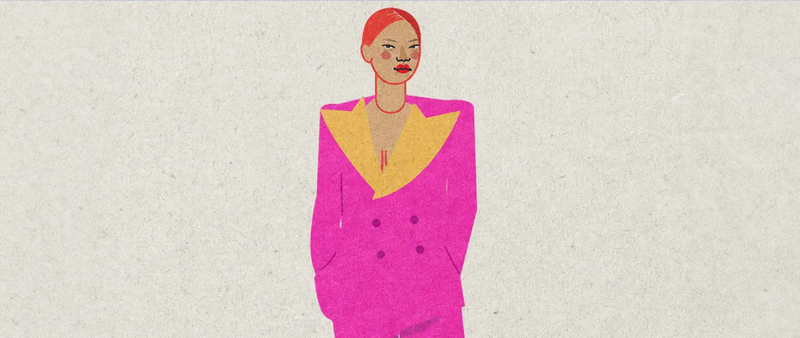Hyphen, dashes what are they? At first glance, they would all look the same: strange horizontal punctuation marks floating in the middle of the line text.
However, one should never stop at the first impression since knowing the different functions of these symbols can be very useful and, above all, can help you express your thoughts more accurately. So, let’s dig deeper into this matter.

The hyphen (-), what it is and how to use it
Hyphen is the shortest of the three horizontal punctuation marks analysed here. It is essentially used to connect words in compound nouns, verbs, and adjectives. Here you are some examples provided by our favourite linguistic search engine, Ludwig:
They are both professional technicians, and the father-in-law is in a management position.
His self-awareness is disarming.
He wrote. I double-clicked it. The document opened in Word, and I watched the page count tick up as my computer ascertained the extent of the text
Brady, the Patriots' record-setting quarterback, kept being dropped by the Giants before he could find Moss, his record-setting receiver.
As you can see the words written in bold are all compound nouns (father-in-law, self-awareness), verbs (double-clicked), and adjectives (record-setting) created through the use of the hyphen, or if you like technical jargon, they are hyphenated terms.

Differences between the em-dash and the en-dash
When it comes to dashes, the situation is a bit more complex. First of all, it is important to distinguish between the em-dash and the en-dash (yes, they are hyphenated words). They are almost identical but —as their names suggest — the first one is longer than the second one, exactly as the M is longer than the N.

En-dash (–), what it is and how to use it
The en-dash (shorter than the em-dash but still longer than the hyphen) is above all used to connect numbered ranges, like dates and scores. Here are other examples taken from Ludwig:
He won the match with a final score of 13–0
Iphigene Ochs Sulzberger lived for nearly a century, 1892–1990
Keep always in mind that if in these kinds of sentences there is the preposition “from” the en-dash is not to be used. Rather, rephrase the sentence as in the following example:
Iphigene Ochs Sulzberger lived for nearly a century, from 1892 to 1990
A quite common use of the en-dash concerns the page range of a cited monograph or article (as used in the notes or in the main bibliography of a scientific article). It must be said that in this specific case also the use of the hyphen is quite common but the main publishing houses very much prefer the use of the en-dash.
There is another case in which the use of the hyphen and the en-dash seems to overlap. If a compound adjective is made up of an open compound or hyphenated compound, some authors opt to change the regular hyphen to an en-dash:
Her heroine is a Hasidic girl named Breindel living in pre–World War II Poland.
However, this is more a stylistic choice than a mandatory rule.

Em-dash (—), what it is and how to use it
As for the em-dash, it must be said that it is one of the most versatile punctuation marks. It is used to replace commas, parentheses, colons, and semicolons. See the following examples:
You seem to love the em-dash—as do many contemporary writers.
I was writing allusively—not to say elusively—but what I intended to convey
Or look at the sentence I wrote above:
They are almost identical but—as their names suggest—the first one is longer than the second one, exactly as the M is longer than the N
When you choose to use the em-dash instead of other kinds of punctuation marks is because you want to emphasise certain sentences or words and draw the reader’s attention onto them. Compare the following sentences:
Emily Elizabeth Dickinson—widely considered one of the great poets of all time—was born in Amherst
Emily Elizabeth Dickinson, widely considered one of the great poets of all time, was born in Amherst
Emily Elizabeth Dickinson (widely considered one of the great poets of all time) was born in Amherst
As you can see, the three sentences are practically identical. Yet, the different punctuation marks can indeed provide a totally different effect on the reader. So be always aware of what you are doing and use the em-dash wisely to fully express yourself!
Speaking of Emily Dickinson, do you know that she loves to use the em-dash? Look at this interesting article published in The New York Times.

A handy wrap-up: how to type hyphen, en-dash, and em-dash on your keyboard
Now that you know the difference between hyphens, en-dash, and em-dash you are probably wondering how to type these signs on your keyboard. Here you are some practical tips:
Hyphen (-): the hyphen has its own key on the keyboard, so look for it!
En-dash (–): Alt+0150
Em-dash (—): Alt+0151
Good luck with your work!






